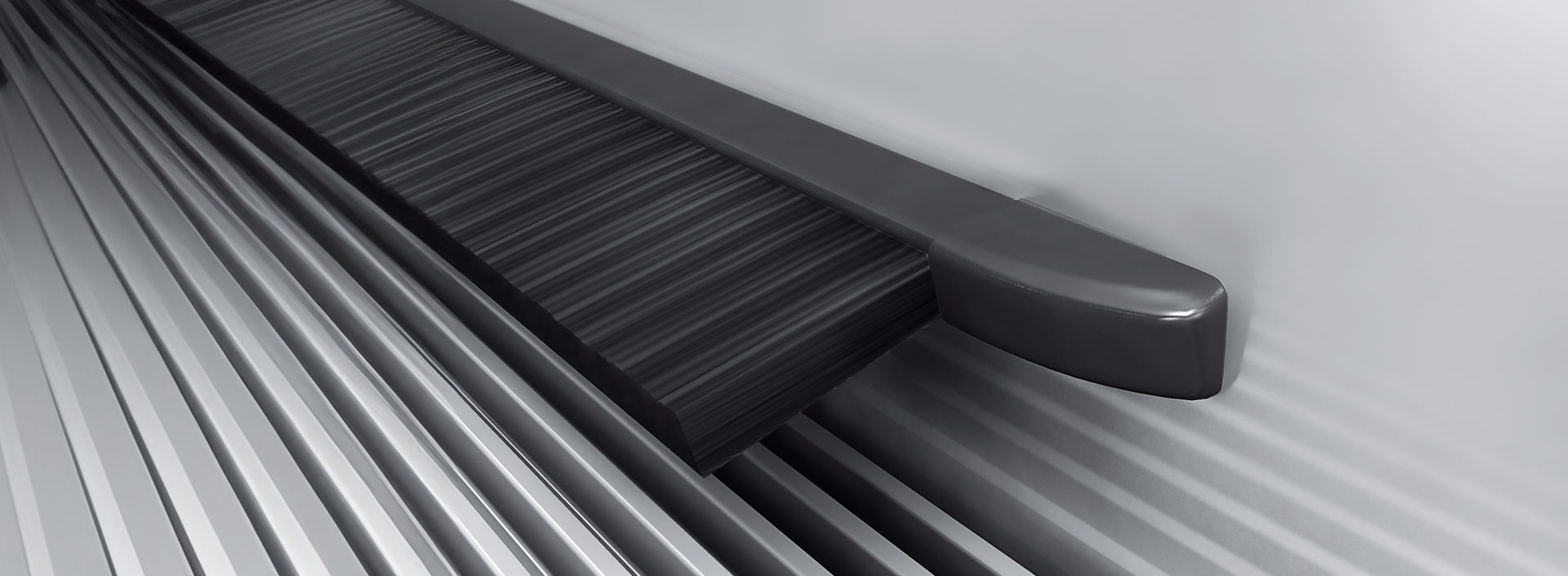If you've ever wondered, "Why do escalators have brushes?" you're not alone. This is one of the most searched upon questions regarding escalators on the Internet. While they might seem like a quirky design element, these brushes serve a crucial safety function that many people overlook, but before we get into that, let’s bust some rather dangerous myths:
Myth: The brushes are there to clean your shoes.
Danger: Some people mistakenly believe the brushes are intended for cleaning shoes, leading them to place their feet near the brushes, which increases the risk of getting shoes, shoelaces, or loose clothing caught in the moving parts of the escalator.
Myth: The brushes are meant to help children balance.
Danger: Encouraging children to touch or lean on the brushes can result in their fingers, hands, or clothing getting trapped, causing injuries.
Myth: The brushes indicate a safe place to stand.
Danger: The brushes are actually designed to discourage people from standing too close to the edges of the steps, where there is a higher risk of entrapment. Standing close to the brushes can increase the likelihood of accidents.
Myth: The brushes are a soft barrier.
Danger: Treating the brushes as a barrier can create a false sense of security. They are not designed to prevent falls or stop objects from getting caught in the escalator mechanisms.
Myth: The brushes will stop the escalator in an emergency.
Danger: Believing the brushes will stop the escalator can delay a person's reaction to a real emergency. Escalators have specific emergency stop buttons for such situations, and relying on the brushes for this purpose can lead to serious injury.
It's important to understand that the primary purpose of escalator brushes is to reduce the risk of entrapment by keeping riders' feet and clothing away from the edges of the steps. Riders should always stand in the center of the step, face forward, and hold the handrail for safety.
The Purpose of Escalator Brushes: It's All About Safety
Escalator brushes, also known as skirt deflectors, are primarily designed to prevent accidents. Here's how they work:
- Preventing Entrapment: The gap between the moving steps and the stationary side panel of an escalator, called the skirt, poses a potential hazard. Shoes, clothing, and even fingers can get caught in this gap, leading to serious injuries. Escalator brushes act as a barrier, gently nudging anything that gets too close to the edge away from danger.
- Guiding Riders: The brushes also serve as a subtle guide, encouraging riders to maintain a safe distance from the escalator's edges. This helps prevent accidental falls and ensures a smooth ride for everyone.
The Evolution of Escalator Safety
While escalator brushes might seem like a relatively recent addition, their roots trace back to early safety concerns. In the past, escalator accidents involving entrapment were more common, leading to the development of various safety features, including the brushes we see today. Modern escalator designs prioritize safety, and brushes play a key role in minimizing risks for riders of all ages.
The information provided in this article is for general informational purposes only. While we strive for accuracy, we make no representations or warranties regarding the completeness or reliability of the information. Any reliance you place on such information is strictly at your own risk. We disclaim any liability for any loss or damage arising from the use of this information.
